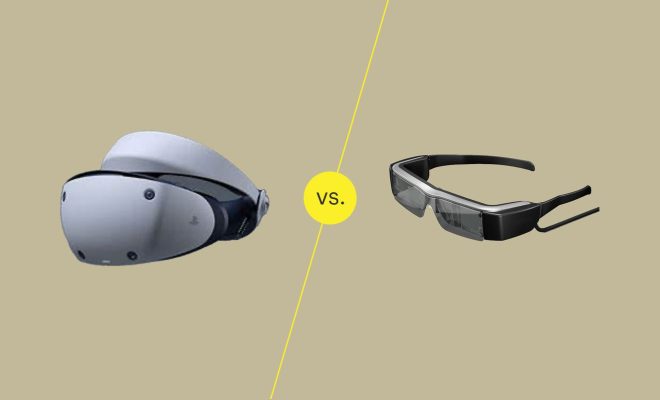OLED vs. LED vs. MiniLED vs. LCD: What’s the Best?

The world of display technology is an ever-evolving landscape, with new advancements constantly pushing the boundaries of what’s possible in clarity, color accuracy, and overall viewing experience. Among the wealth of options available to consumers today, four types of displays are currently making waves: OLED, LED, MiniLED, and LCD. Let’s dive into each one to understand their differences and determine which might be the best choice for different use cases.
OLED, or Organic Light Emitting Diode technology, stands out with its ability to control lighting at the pixel level. Because each pixel emits its own light, OLED displays do not require a separate backlight. This allows for true black levels since individual pixels can be completely turned off when not in use. The result is an exceptional contrast ratio and a wider viewing angle compared to other technologies. However, OLED displays can be more expensive to produce and have been known to suffer from burn-in issues where static image elements leave a permanent ghost image over time.
LED displays are essentially LCDs (Liquid Crystal Displays) that use LED (Light Emitting Diodes) backlights. Traditional LCDs used cold cathode fluorescent lamps (CCFLs) for backlighting, but modern versions have moved on to LEDs for better energy efficiency and thinner design profiles. While LED displays cannot match OLED in terms of contrast and black levels due to their constant backlighting, they do offer a brighter display and are much more affordable. They also do not suffer from the burn-in issue common with OLEDs.
MiniLED is a relatively recent advancement in this technology space and can be considered an improvement upon standard LED/LCD display technology. By using thousands of tiny LEDs as backlights, MiniLED displays provide better dimming capabilities and improved contrast ratios compared to traditional LED/LCD panels. This enhancement allows for more precise control over local dimming zones, leading to darker blacks and improved highlights without the cost associated with OLED production.
LCD (Liquid Crystal Display), while being the oldest technology among the four mentioned here, still holds its ground as an affordable option for various applications. LCD panels rely on a backlight to illuminate the pixels which make up an image; these pixels don’t emit light themselves. Typically using LED lighting these days (hence often referred to as LED TVs), LCDs struggle with true blacks due to light leakage but benefit from high brightness levels and no risk of burn-in.
In conclusion, determining the “best” type of display depends heavily on individual needs and preferences. For those seeking top-tier image quality with exceptional contrast ratios and aren’t concerned about cost or potential burn-in risks, OLED might be the way to go. If you want a bright display that’s easy on the wallet without compromising too much on quality, an LED/LCD would suit your needs just fine. For those looking at a middle ground featuring better contrast than LED/LCD but without the steep price tag of OLEDs, MiniLED could be the perfect compromise.
Ultimately, it’s essential to consider what features matter most for your particular situation—whether that’s watching movies in a darkened room where an OLED could thrive or needing a bright screen for a well-lit living room where an LCD/LED would perform admirably.





